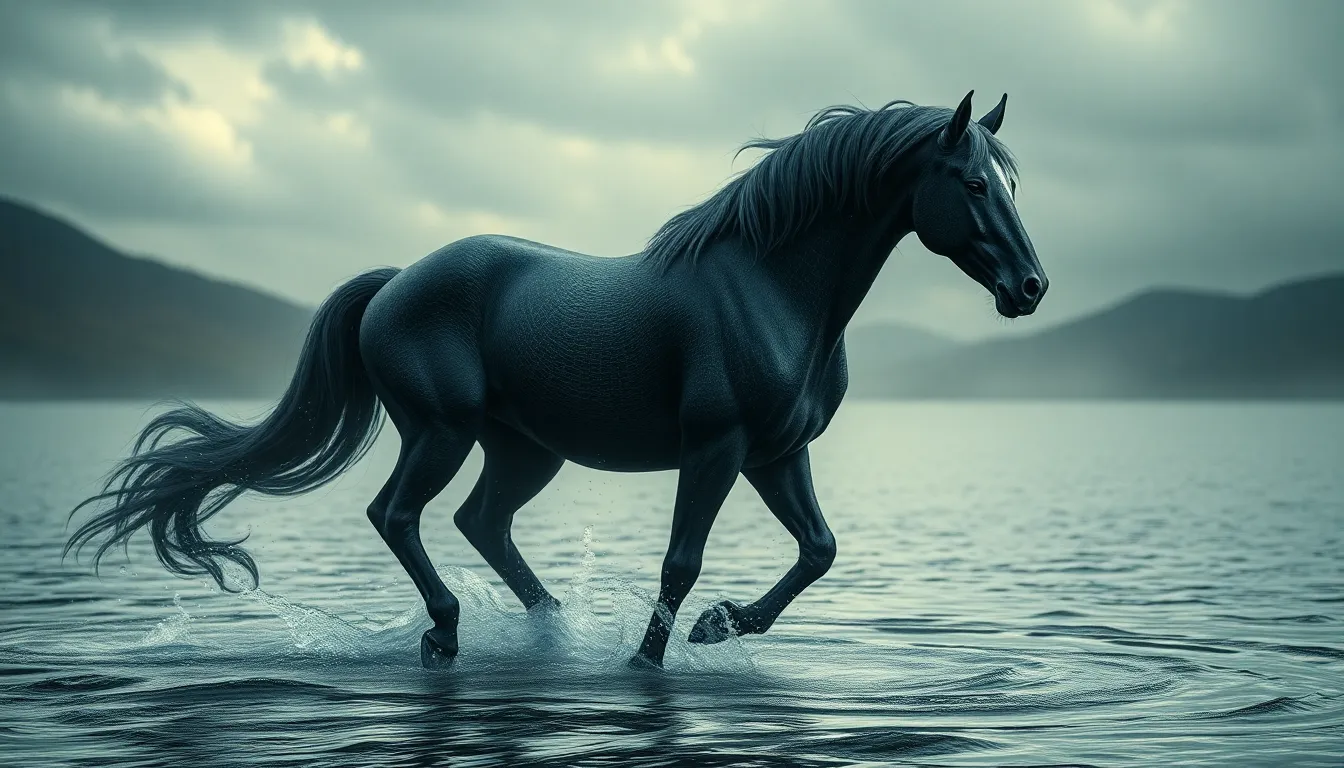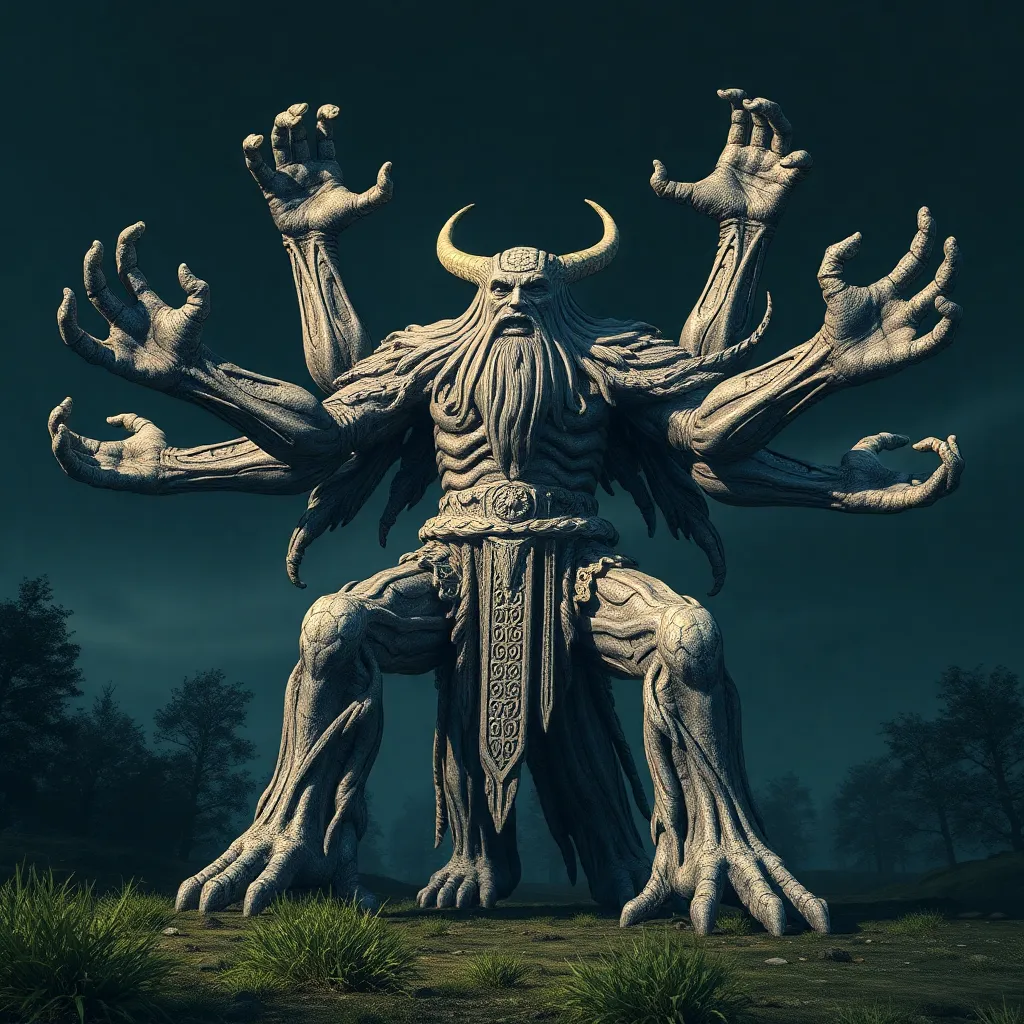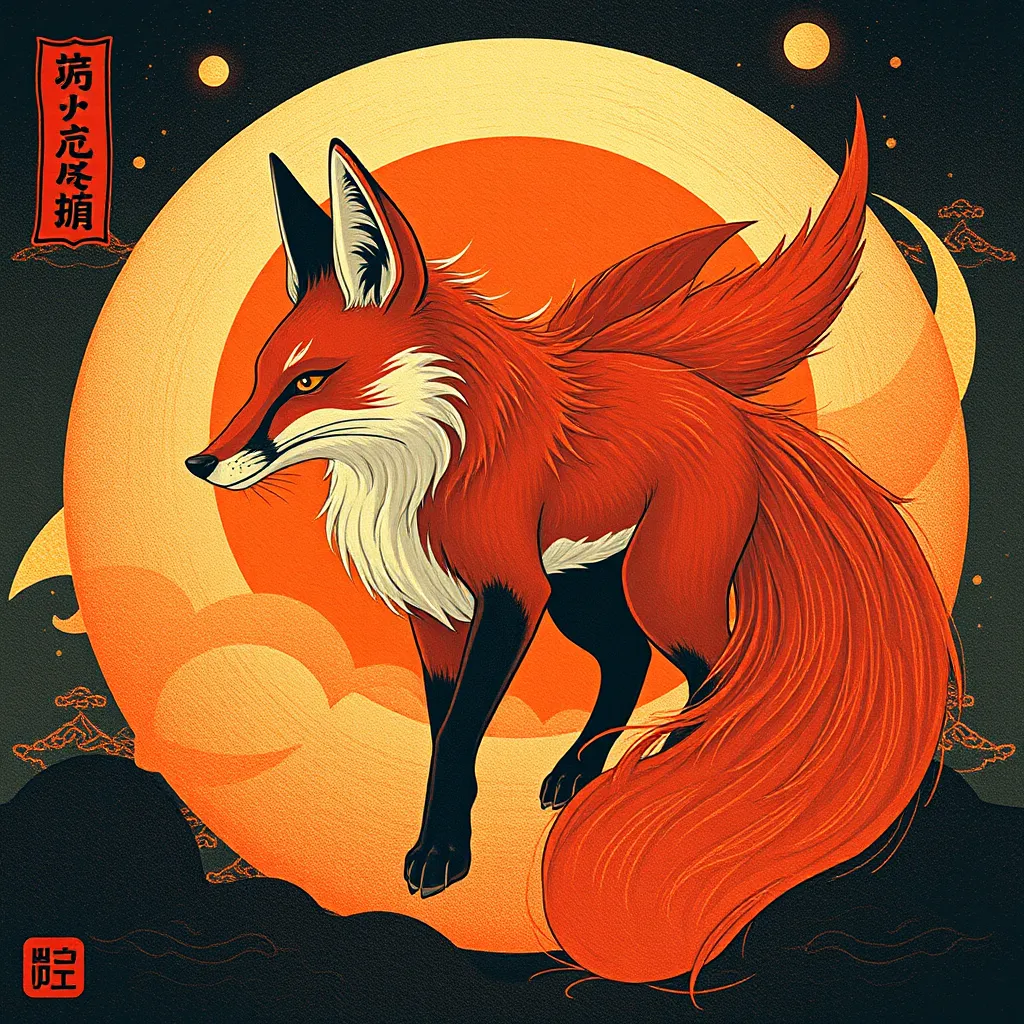The Lore of the Kelpie: The Shapeshifting Horse of Scottish Folklore
I. Introduction to the Kelpie
The Kelpie is a mythical creature from Scottish folklore, often depicted as a supernatural water horse. Known for its ability to shapeshift, the Kelpie is primarily associated with lochs and rivers, captivating the imaginations of those who hear its tales. These enigmatic beings serve as both enchanting and cautionary figures in Scottish culture.
In Scottish folklore, Kelpies are not mere figments of imagination; they represent the rich tapestry of stories and beliefs that influence the cultural landscape of Scotland. The Kelpie embodies the natural world’s duality—its beauty and its peril, making it an essential character in the lore of the Highlands.
II. Origins of the Kelpie Legend
The origins of the Kelpie legend can be traced back to ancient Scotland, where stories of water spirits and supernatural beings were common. Historical texts suggest that the Kelpie has roots in Celtic mythology, with connections to various water deities.
Over time, the Kelpie myth has evolved, influenced by cultural shifts and the blending of folklore among different communities. Initially viewed as a benevolent spirit, the narrative transformed to highlight the Kelpie’s darker traits, emphasizing its role as a malevolent being luring unsuspecting victims to watery graves.
III. Physical Characteristics of Kelpies
Kelpies are often described as magnificent horses, with sleek, dark coats that could appear almost ethereal, shimmering beneath the water’s surface. Their beauty is alluring, but this physical charm conceals their true nature.
In addition to their horse form, Kelpies are known for their ability to transform into human or other forms. This shapeshifting trait allows them to disguise themselves, often taking the appearance of a beautiful young woman to deceive travelers.
IV. The Kelpie’s Habitat and Behavior
Kelpies are primarily associated with bodies of water, such as:
- Lochs
- Rivers
- Ponds
These creatures are believed to dwell near these locations, waiting for unsuspecting individuals to approach. Their behavior often includes:
- Luring people with their enchanting beauty
- Displaying a friendly demeanor before revealing their true intentions
- Using their strength to pull victims into the depths of the water
V. Folklore and Stories Involving Kelpies
Numerous tales and legends feature Kelpies as central figures. One notable story involves a traveler who encounters a beautiful horse by the water’s edge, only to discover that it is a Kelpie in disguise. As the traveler attempts to ride the creature, it plunges into the water, dragging them to a watery doom.
Variations of the Kelpie myth can be found throughout Scotland, each region adding its unique twist to the story. For example, in some areas, Kelpies are depicted as guardians of the rivers, while in others, they are portrayed solely as malevolent entities.
VI. Symbolism and Themes Represented by Kelpies
The Kelpie serves as a powerful symbol of danger and seduction. Its alluring appearance draws individuals in, representing the often deceptive nature of beauty and the risks that lie beneath the surface. This duality reflects broader themes in Scottish mythology, where appearances can be misleading.
Furthermore, the themes of transformation and duality are prevalent in Kelpie tales. The ability of the Kelpie to shift between forms mirrors the concept of change and the unforeseen consequences that may arise from seemingly innocuous encounters.
VII. Modern Interpretations and Cultural Impact
In contemporary literature and media, the Kelpie continues to captivate audiences. Its presence can be found in novels, films, and artwork, often reinterpreted to fit modern narratives while still retaining its core attributes.
The Kelpie has also influenced the art and tourism sectors in Scotland. Statues and representations of Kelpies, such as the famous Kelpies sculptures near Falkirk, have become iconic symbols of Scottish heritage. These installations not only attract tourists but also serve as a reminder of the rich folklore that permeates the culture.
VIII. Conclusion: The Enduring Legacy of the Kelpie
In summary, the Kelpie holds a significant place in Scottish folklore, representing both the beauty and danger of the natural world. Its stories have evolved over centuries, reflecting the changing cultural landscape of Scotland while maintaining their core themes of transformation and seduction.
The relevance of the Kelpie myth in today’s society serves as a testament to the enduring power of folklore. As we continue to explore and reinterpret these ancient stories, the Kelpie remains a captivating figure, inviting us to ponder the complexities of nature, beauty, and the hidden dangers that lie beneath the surface.



